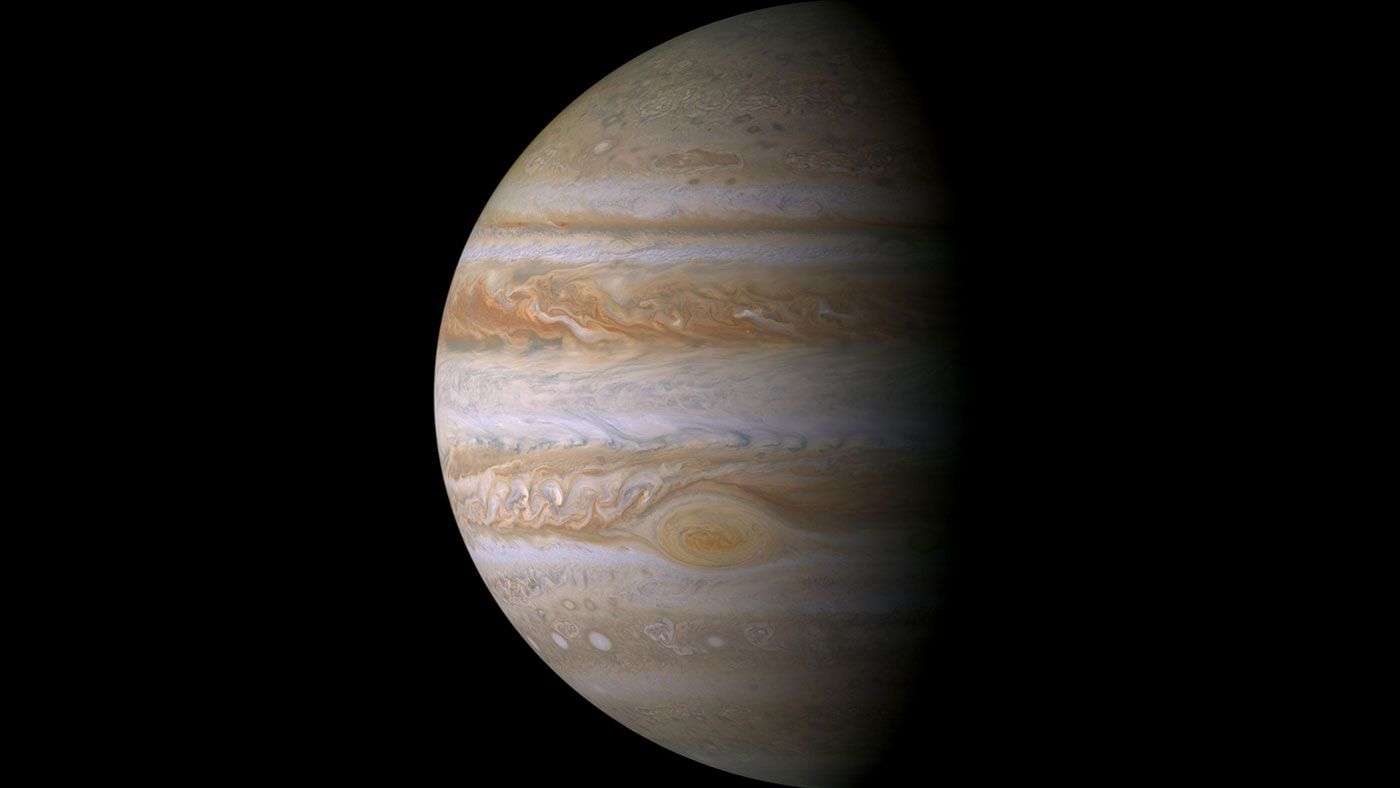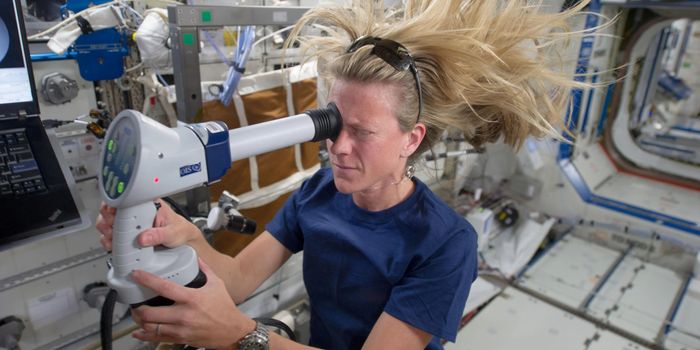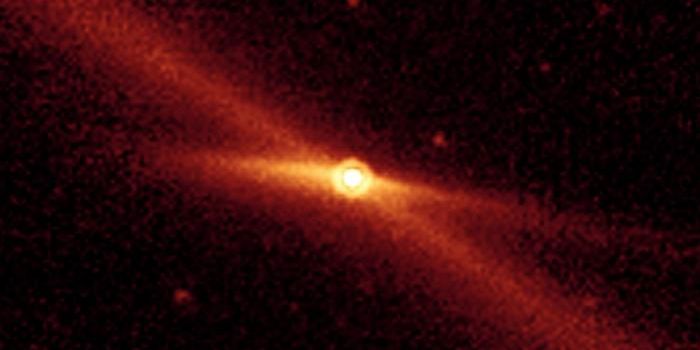Juno Will Soon Fly Over Jupiter's Great Red Spot
Jupiter is one of the most mysterious planets in our Solar System, but fortunately, we have a probe with modern observation equipment studying the giant gassy planet up close so we can learn more about it and its strange characteristics.
This spacecraft, which we call Juno, arrived at Jupiter on Independence Day (July 4th) of 2016. While it did experience a few technical difficulties with its onboard computers and its engines that forced engineers to keep Juno in an undesirable orbital pattern, the probe continues to collect useful data.
This probe will be spending its (almost) one-year anniversary flying past Jupiter’s Great Red Spot on July 10th, enabling researchers to get some much-needed photographs and data about the highly-misunderstood storm that has been roaring through the planet’s clouds for centuries.
Image Credit: NASA/JPL/Space Science Institute
"Jupiter's mysterious Great Red Spot is probably the best-known feature of Jupiter," said Juno’s principal investigator Scott Bolton.
"This monumental storm has raged on the solar system's biggest planet for centuries. Now, Juno and her cloud-penetrating science instruments will dive in to see how deep the roots of this storm go, and help us understand how this giant storm works and what makes it so special."
Related: This is what Jupiter's magnetic field sounds like to Juno
The Great Red Spot is two-to-three times the size of Planet Earth, so to call it large is an understatement. This spot is really a massive swirling storm that was produced by Jupiter’s atmosphere. While it's a lot like a hurricane, it's very different with unique porperties.
In between the North and South poles of the planet are a sandwich of clouds moving in opposite directions; this friction keeps the spin-off going due to friction between the high and low-pressure clouds.
While we don’t know much about the Great Red Spot, we do know it’s several times more powerful than any hurricane our planet can come up with. Scientists estimate the Great Red Spot has wind speeds as high as 384 miles per hour, which puts even a category 5 hurricane on Earth to shame.
At these speeds, the Great Red Spot has the single-highest wind speed ever detected on any planet, which is a huge area of interest for scientists.
Related: Here are some incredible photographs of Juptier taken by Juno
While we’re not entirely sure what to expect, Juno’s cloud-penetrating observation equipment will give scientists more than what they need to learn about how the Great Red Spot works and how it has lasted so long. It should be interesting to see what becomes of the research when NASA finally publicizes their findings.
Source: NASA/JPL









